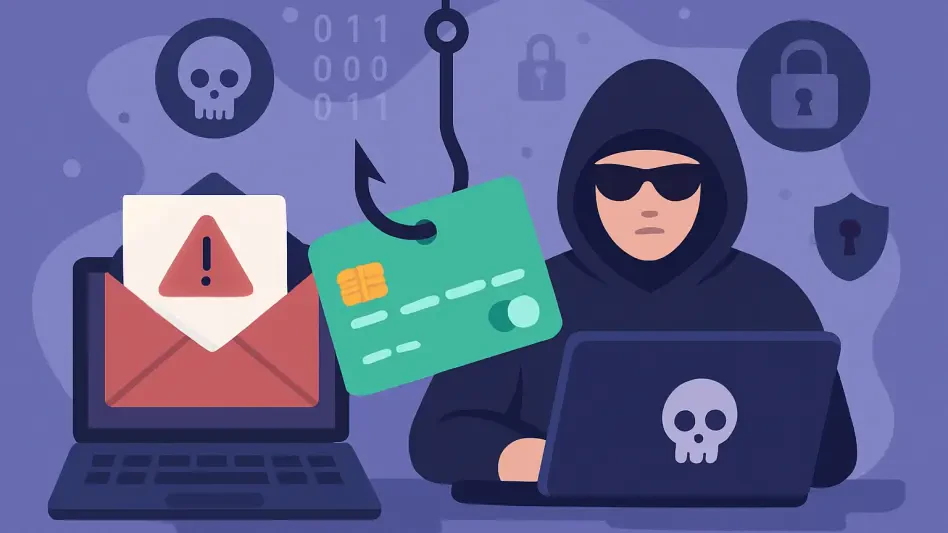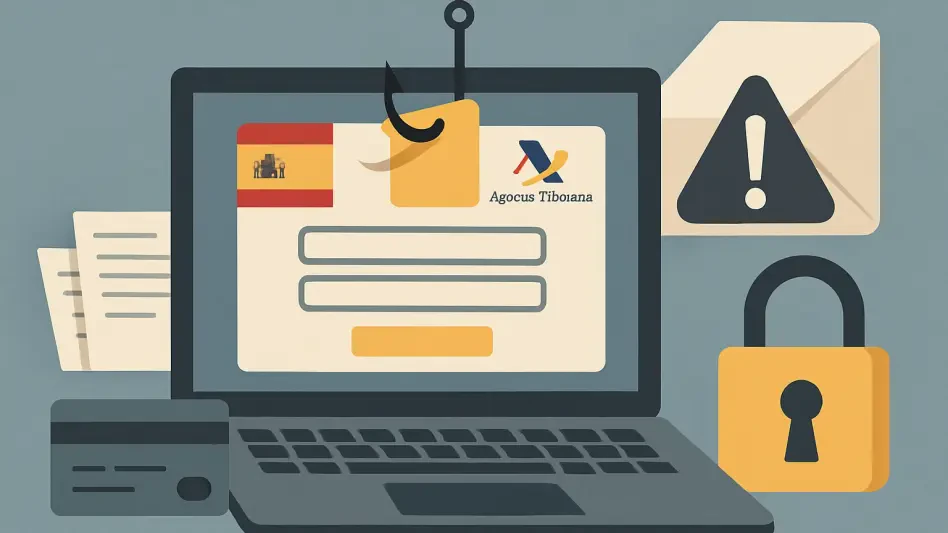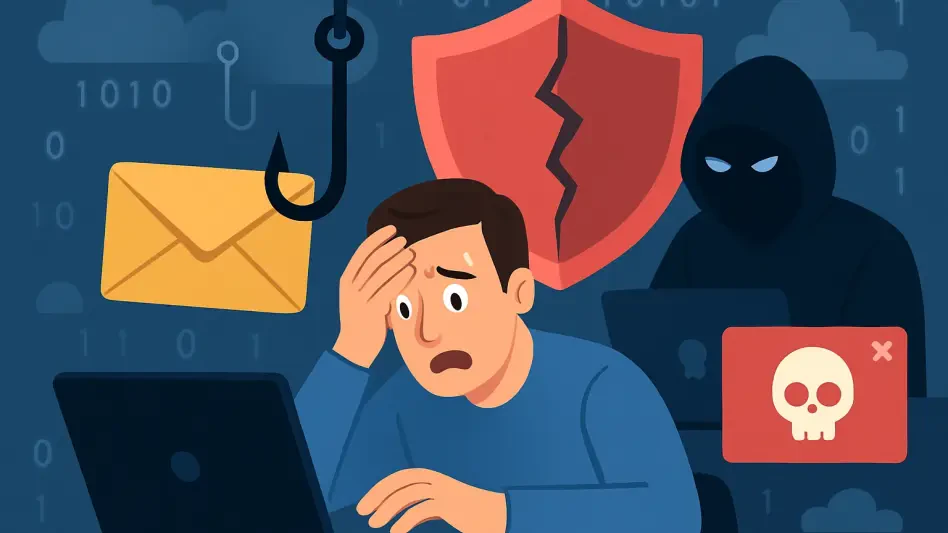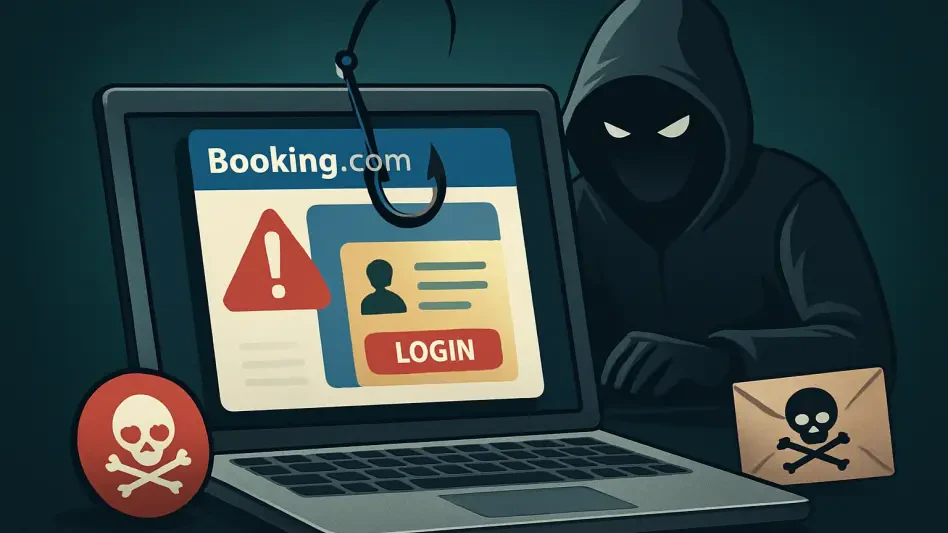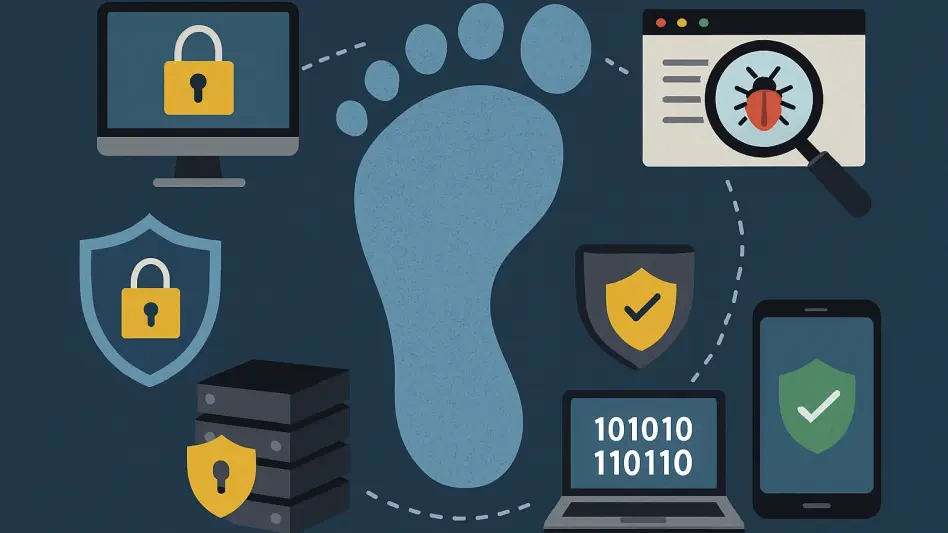In an alarming development within the cybersecurity landscape, a sophisticated cybercrime toolkit known as SpamGPT has emerged as a significant driver behind a dramatic increase in phishing attacks this year, posing a severe threat to digital security worldwide. Available on dark web forums, this “spam-as-a-service” platform is empowering cybercriminals to orchestrate large-scale, automated phishing campaigns with unprecedented efficiency. Priced at $5,000, SpamGPT offers a suite of malicious tools that mimic legitimate email marketing software, enabling attackers to target businesses and individuals alike. The toolkit’s integration of advanced AI, through a feature called KaliGPT, further enhances the persuasiveness of phishing content, making it harder for victims to detect fraudulent emails. This surge in phishing activity underscores a growing challenge for organizations striving to protect sensitive data and financial information from increasingly cunning threats. As the scale of these attacks continues to expand, understanding the mechanics of SpamGPT and bolstering defenses against it have become critical priorities for cybersecurity professionals worldwide.
1. Unveiling the Mechanics of a Cybercrime Powerhouse
SpamGPT stands out as a disturbingly user-friendly platform designed explicitly for malicious intent, lowering the barrier for cybercriminals to launch sophisticated phishing campaigns. Available through underground forums, the toolkit provides access to SMTP and IMAP servers, email testing functionalities, and real-time performance monitoring for phishing operations. This comprehensive setup mirrors the capabilities of legitimate email marketing platforms but is fine-tuned to exploit vulnerabilities in email servers and bypass spam filters. The inclusion of KaliGPT, an AI-driven marketing assistant embedded in the dashboard, automates the creation of highly convincing phishing content tailored to deceive even cautious recipients. Reports from data security experts indicate that SpamGPT significantly reduces the technical expertise required for such attacks, enabling even novice cybercriminals to execute widespread scams with alarming precision and scale, thus amplifying the threat to global digital security.
The impact of SpamGPT on the cybercrime landscape cannot be overstated, as it facilitates mass phishing efforts aimed at extracting personal and financial data from unsuspecting victims. Unlike traditional phishing methods that often relied on manual crafting of emails, this toolkit automates the process, allowing attackers to target thousands of individuals or businesses simultaneously. The platform’s ability to monitor campaign performance in real time further aids cybercriminals in refining their strategies for maximum impact. Security analysts have noted that the primary danger lies not in novel attack vectors but in the sheer volume and enhanced persuasiveness of emails generated by SpamGPT. Businesses, in particular, face heightened risks as attackers exploit stolen credentials and sensitive information for financial gain or further breaches. As this toolkit continues to proliferate on dark web markets, the urgency to develop robust countermeasures and educate potential targets about these evolving threats has never been greater.
2. Assessing the Current Defense Landscape
While SpamGPT represents a formidable challenge, existing phishing defenses remain effective for organizations that have already implemented strong safeguards. The toolkit primarily amplifies the volume and sophistication of phishing emails rather than introducing entirely new methods of attack. Companies with established preventive measures, such as employee training programs and advanced email security protocols, are generally well-positioned to mitigate the risks posed by these automated campaigns. Security experts emphasize that maintaining current protection levels is crucial, as the core tactics of phishing—such as deceptive links and fraudulent requests for information—remain consistent even with tools like SpamGPT. For businesses adhering to best practices, the focus should be on vigilance and ensuring that protective systems are up to date to handle the increased frequency of attacks driven by such malicious platforms.
However, the emergence of SpamGPT highlights the importance of continuous improvement in cybersecurity strategies to address the evolving scale of threats. Organizations must recognize that while current defenses can counter known phishing techniques, the automation and AI-driven content creation of this toolkit demand heightened awareness. Beyond relying on existing measures, businesses should prioritize regular updates to spam filters and the adoption of email authentication protocols like SPF, DKIM, and DMARC to block malicious messages before they reach inboxes. Additionally, reinforcing multi-factor authentication across all accounts adds a critical layer of security against credential theft. As cybercriminals leverage tools like SpamGPT to scale their operations, the gap between prepared and unprepared entities widens, making it imperative for all organizations to reassess their readiness and adapt to the growing intensity of phishing campaigns in the digital ecosystem.
3. Strategies to Fortify Against Automated Threats
To combat the rising tide of automated phishing tools like SpamGPT, businesses must adopt a proactive and multi-layered approach to cybersecurity. Key steps include conducting regular phishing simulation training to equip employees with the skills to identify suspicious emails, even those crafted with AI assistance. Deploying advanced email security solutions that incorporate AI-powered threat detection can help identify and neutralize malicious messages before they cause harm. Implementing multi-factor authentication for all business accounts serves as a vital barrier against unauthorized access, while establishing clear incident reporting procedures ensures swift action on potential threats. Regularly updating spam filters and email security policies, alongside using authentication protocols such as SPF, DKIM, and DMARC, further strengthens defenses against sophisticated phishing attempts.
Beyond technical measures, fostering a culture of security awareness remains essential in countering the dangers posed by automated phishing campaigns. A recent study revealed that 98% of business owners struggle to identify all indicators of phishing attacks, underscoring the urgent need for comprehensive training programs. Continuous education initiatives can empower staff at all levels to recognize evolving tactics and respond appropriately to suspicious communications. By integrating ongoing security awareness with robust technical safeguards, organizations can significantly reduce their vulnerability to tools designed for mass deception. As cybercrime platforms become more accessible and effective, the commitment to regular training and policy updates will determine how well businesses withstand the relentless pressure of phishing threats in today’s digital environment.
4. Reflecting on a Persistent Digital Challenge
Looking back, the rise of SpamGPT marked a pivotal moment in the ongoing battle against phishing, as it amplified the reach and sophistication of cyberattacks through automation. The toolkit’s ability to simplify large-scale campaigns exposed critical vulnerabilities in digital security, challenging organizations to adapt swiftly to a heightened threat landscape. Efforts to counter such tools revealed the enduring importance of layered defenses, from employee training to advanced email security protocols. The struggle against automated phishing underscored that while technology enabled cybercriminals, it also empowered defenders with tools to detect and mitigate risks. Moving forward, the focus shifted to proactive measures—enhancing awareness, updating systems, and embracing innovative solutions to stay ahead of evolving tactics. As the digital realm continued to evolve, the lessons learned from confronting SpamGPT served as a reminder that sustained vigilance and adaptability were the cornerstones of safeguarding against future cyber threats.

